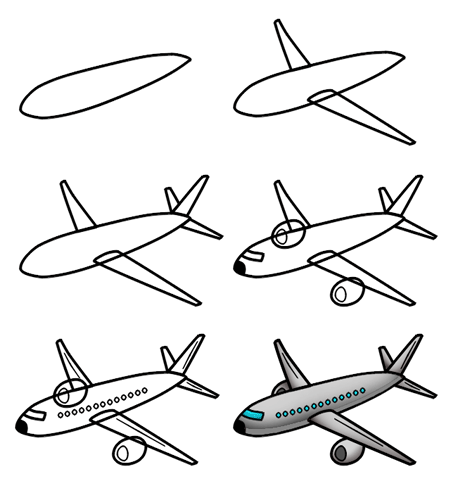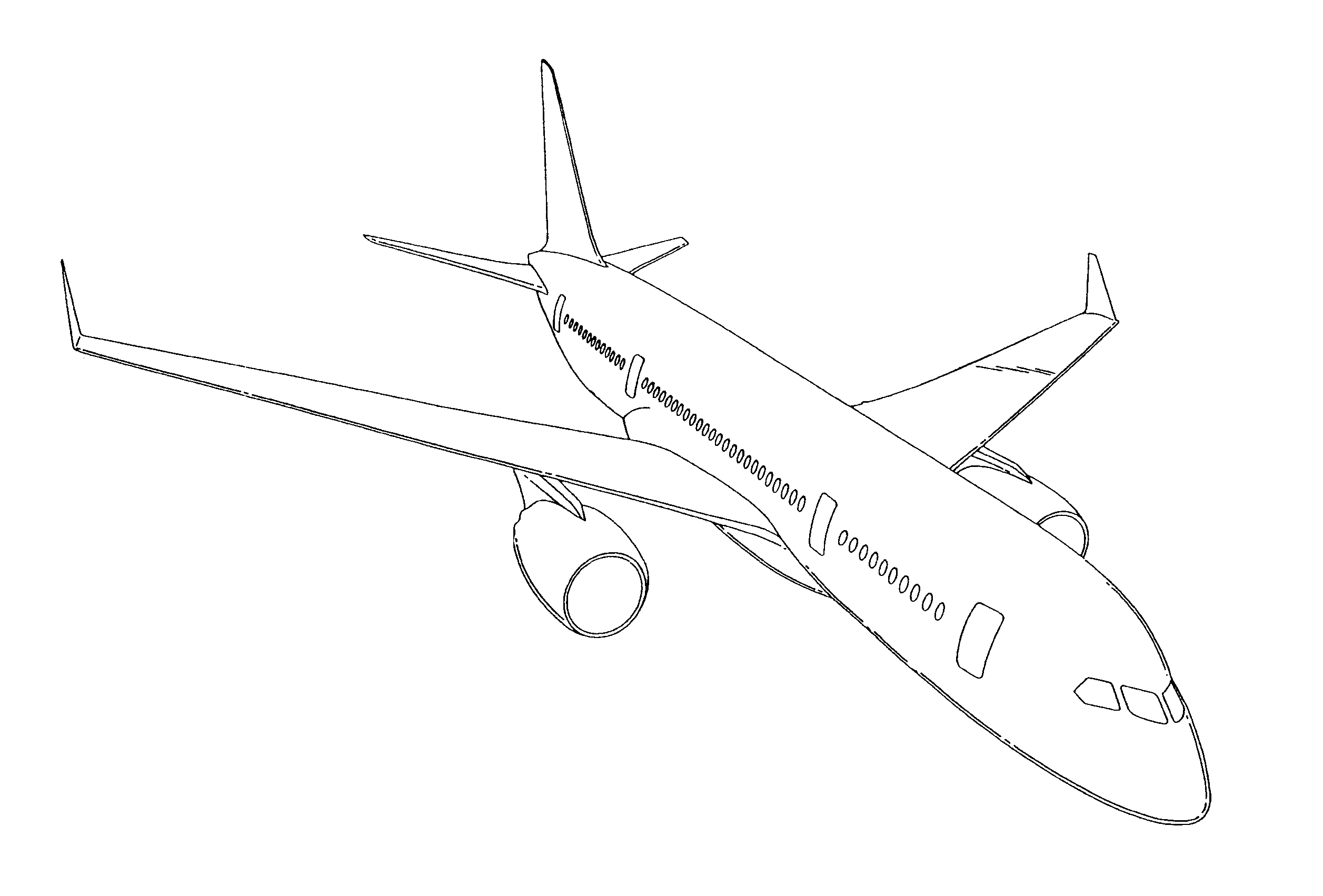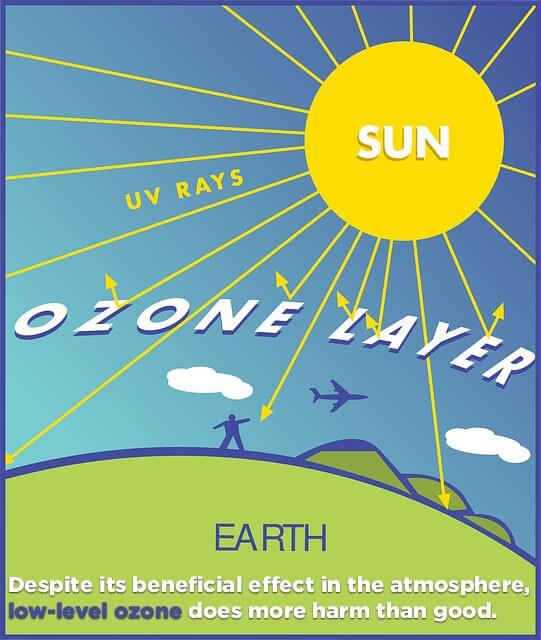

When the chemicals fall as acid rain, wind can carry the pollutants worldwide. This is one of the ways that pollution is spread all over the world. When nitrogen oxide mixes in the air with sulfur dioxide and those two chemicals come into contact with a body of water, they combine and evolve into a type of acid. Acid rain is not just a term that sounds like the plot of an end-of-the-world sci-fi movie it is an actual chemical process. In addition to anthropogenic water pollution, acid rain can result from air pollution and water pollution. Toxic chemicals that contaminatemarine life, which humans then consume.Plastic pollution, like bags that suffocate aquatic life.Power plants that heat water and cause thermal pollution, which can ruin local river ecosystems.Fertilizer with phosphorus and nitrogen causes cyanobacteria.Untreated sewage that contaminates water and reduces fishery.Buried chemical waste that causes cancer and birth defects.Oil spills that kill millions of animals.Mining and drilling that creates sulfuric acid.Factory runoffs that create cyanobacteria.While nature contributes to water pollution, human activities have a much bigger hand in the problem. For example, Coal Oil Point Seep in California is a petroleum seep that leaks oil into the ocean - so much so that it creates tar balls that wash up onto the beach or decompose in the ocean. Natural water pollution happens through natural gas and oil leaks into a water source. That number continues to rise, and most deaths are considered premature. Health studies have found that air pollution is directly linked to the following:ĭata suggests that air pollution is responsible for one in six deaths worldwide. One of the most problematic parts of air pollution is that the particles, themselves, are too small to be seen and can cause serious health problems upon inhalation. People in metropolitan areas are at higher risk however, everyone is affected. The World Health Organization (WHO) reports that 99 percent of the world's population breathes air above the recommended contamination limits. The chemicals that are most concerning as sources of air pollution are:

Manufacturing and power generation byproducts, especially coal-fueled.



 0 kommentar(er)
0 kommentar(er)
